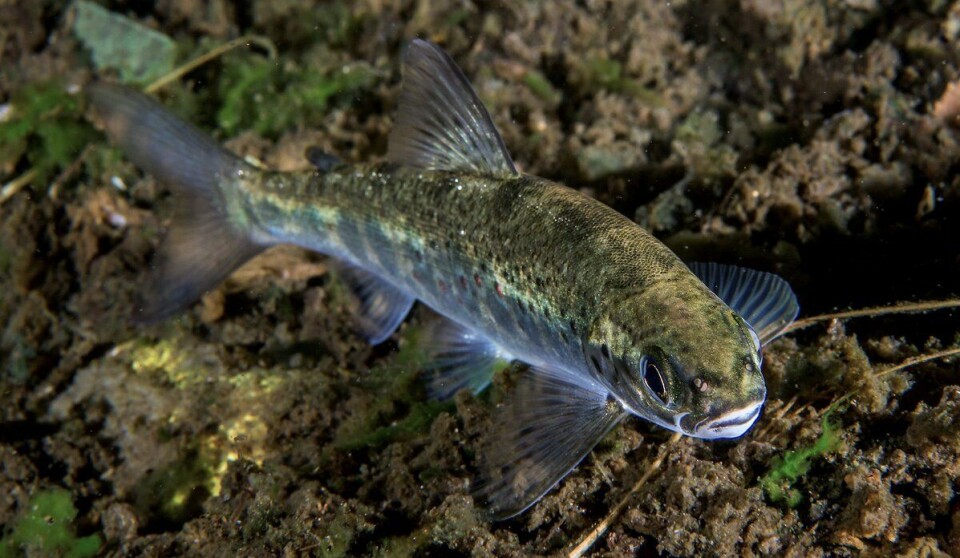
Norway study finds little infection in migrating wild salmon and sea trout
Fish unlikely to be impacted by farms
There is probably little viral and bacterial transmission from farmed fish to wild fish, an investigation of viruses and bacteria in migrating wild salmon (post smolt) and sea trout in Norway has shown.
Annually, Norway’s Institute of Marine Research checks whether wild salmon and sea trout are affected by four selected viruses from farmed fish. In 2023, a bacterium that causes serious disease in salmonids was also added to the checklist.
“Of the 138 wild fish that were examined, three tested positive for SAV (salmonid alphavirus), three for ISAV (infectious salmon anaemia virus), six for PRV-1 (piscine orthoreovirus) and 10 for PMCV (piscine myocarditis virus). No fish tested positive for the bacterium Renibacterium salmoninarum," said researcher Abdullah S Madhun.
All these viruses can cause diseases in the fish, but the levels of virus that were found are characterised as very low.
“The findings of viruses are uncertain since there were indications of very low levels. For that reason, it can be a false positive result,” said the IMR researcher.
Farming areas
The investigations were carried out on 50 salmon post smolts caught in the Boknafjorden, 50 from the Hardangerfjord, and 38 sea trout captured outside Hitra.
These are farming-intensive areas where the farmed fish have different disease profiles. If wild fish are affected by the farmed fish in terms of infection, then we expect to find such infection in wild fish caught in these areas.
“These are farming-intensive areas where the farmed fish have different disease profiles. If wild fish are affected by the farmed fish in terms of infection, then we expect to find such infection in wild fish caught in these areas,” said Madhun.
2023 was the first year in which the researchers investigated whether the wild fish were infected by the bacterium Renibacterium salmoninarum. This can cause the notifiable and serious disease bacterial kidney disease (BKD) which affects salmonids.
“Before 2022, the last known detection of this bacterium was from 2019. Then it was found in wild-caught broodstock for cultivation in Western Norway, but from December 2022, BKD has been detected or suspected at 14 farming facilities in Norway,” said Madhun.
This increase in outbreaks meant that a test for this virus in wild fish was also introduced last year.
“The sea trout that were tested were caught in an area that had nine BKD outbreaks last year, but the post-smolt were from areas without BKD detection. None of the fish, neither sea trout nor post-smolt, was infected with this bacteria,” he said.
Supports previous findings
The findings in this year’s report complement and support previous monitoring results.
“The results of the monitoring programme indicate that there is a very low incidence of infection in migrating wild salmon and sea trout,” said Madhun.
It also seems that there is low infection from farmed fish to wild fish.
“It appears that the prevalence of infections in wild fish, caused by the examined viruses and bacteria, is not significantly influenced by the occurrence of these infections in fish farming. The results may also indicate that it is unlikely that wild fish act as a reservoir for the investigated viruses and bacteria,” said Madhun.
The monitoring is carried out annually on behalf of the Norwegian Food Safety Authority. The samples are taken from fish that are collected as part of the monitoring programme for salmon lice on wild salmon (NALO).
Reference:
Abdullah Sami Madhun, Ørjan Karlsen and Rune Nilsen. Annual report on health monitoring of wild anadromous salmonids in Norway 2023 — Screening of Atlantic salmon postsmolts from Boknafjorden and Hardangerfjorden and sea trout from Hitra for pathogen infections.





















































